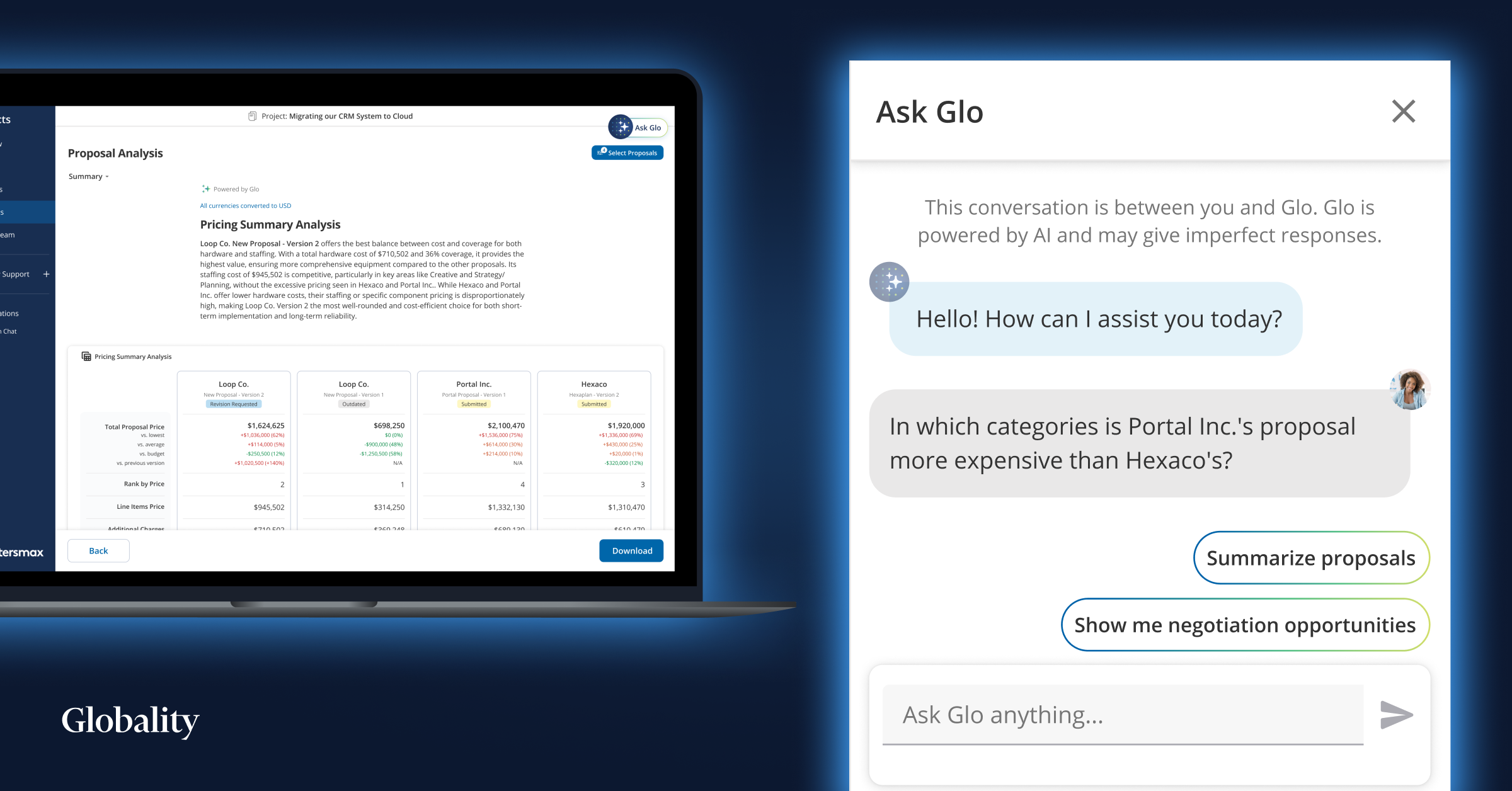Using Digital Technology to Accelerate the Power of Procurement

Transformative procurement leaders have a unique opportunity to turn their company’s spend into a valuable asset that drives long-term sustainable impact beyond the traditional definition of ESG, writes Mita Gupta.
When we think about the power of procurement to influence company performance, savings and risk mitigation are the traditional levers that come to mind. Increasingly, so do Environmental, Social, and Governance (ESG) initiatives like supplier diversity and value chain sustainability.
To explore how today’s CPOs are defining the “power” of procurement in the context of enterprise priorities, we hosted an Executive Roundtable that was co-facilitated by Christopher Sawchuk, Principal and Global Procurement Advisory Practice Leader at The Hackett Group, and Philip Ideson, Founder and Managing Director at The Art of Procurement. The group discussed the practical steps that procurement executives can take to turn spend into an asset that drives long-term sustainable impact across the entire value chain – something we call ‘Performance Spending’.
The conversation focused on three key areas:
1. Using Digital Technology to Create an Optimal
Supply Base
Building a more diverse and inclusive supply base will inject fresh ideas and innovation into a company’s value chain that can help drive growth and add strategic value. Companies should utilize innovative digital technologies and platforms to find these new suppliers and identify which of them are certified as diverse – partnering with those companies will drive sustainability beyond tier two of the value chain and contribute tangibly to an organization’s ESG strategy.
Additionally, this work cannot become a sidelined “special project.” It has to be fully integrated with category strategies. Not only does this advance programs like diversity and sustainability, but it also brings procurement into contact with everyone in the business looking to move the company forward on stated ESG targets.
2. Turning Spend into an Asset
Procurement should enable the company to convert corporate spend into an asset of substantial value for customers, shareholders, and employees. This requires a more expansive mindset than can be achieved when savings and process compliance are the function’s central focus. Transformative leaders should ask themselves: what does procurement stand for as an organization? What are the corporate values? The answers to these questions should be apparent in procurement’s working priorities and results – and also align closely with the organization’s broader corporate objectives.
By reframing the conversation with stakeholders, procurement’s work should no longer be about getting the lowest cost for a particular item or service. Instead, they prioritize investing spend in furtherance of the company’s broader purpose and values: diversity, sustainability, and beyond.
3. Democratizing the Procurement Process with
Effective Intelligence
A democratized procurement process is one that is open to all, allowing companies of all sizes to compete for business on a level playing field, in a competitive and transparent manner, with no one excluded by outdated, analog processes. When businesses resist the temptation to over-consolidate the supply base, diversity will naturally follow. They may not achieve the diversity spend percentage they are looking for overnight, but the first step is using digital technologies to remove the barriers to entry.
Reporting is key to making this work. Procurement teams must have access to digital technology and platforms that enable them to identify diverse suppliers and track spending over time. Suppliers need to be appropriately tagged in procurement systems, and diverse companies should be able to reach out and identify themselves as qualified prospective partners to the business. This makes it easier to achieve corporate targets, establish accountability, and maintain visibility of the progress made over time.
Summary: Procurement’s Unique Opportunity to Enable the ESG Agenda
As Chris Sawchuk pointed out during the roundtable, many global organizations have set ambitious targets for supply base diversification. By the end of 2021, the median organization aims to increase from 5.2% to 8%, whereas top quartile performers intend to have 20% of their overall spend with diverse suppliers by 2025.
How are they planning to meet those objectives? By utilizing new technologies and marketplaces that enable them to achieve these ambitious targets. Leading procurement organizations have to take their existing supply base and expand it to meet their changing needs. Ultimately, the conversation has to start with what is at the top of the CEO’s agenda and why it is there.
Whether the priority is ESG, diversity and inclusion, or sustainability, procurement has to translate that into their goals and objectives, continuously driving, tracking, and monitoring the success of everything it is executing upon. Accelerating that power with fit-for-purpose digital technologies is the rocket fuel that will drive value well into the future.
Click here to download our infographic showing how to successfully implement a supplier diversity program at your company.



